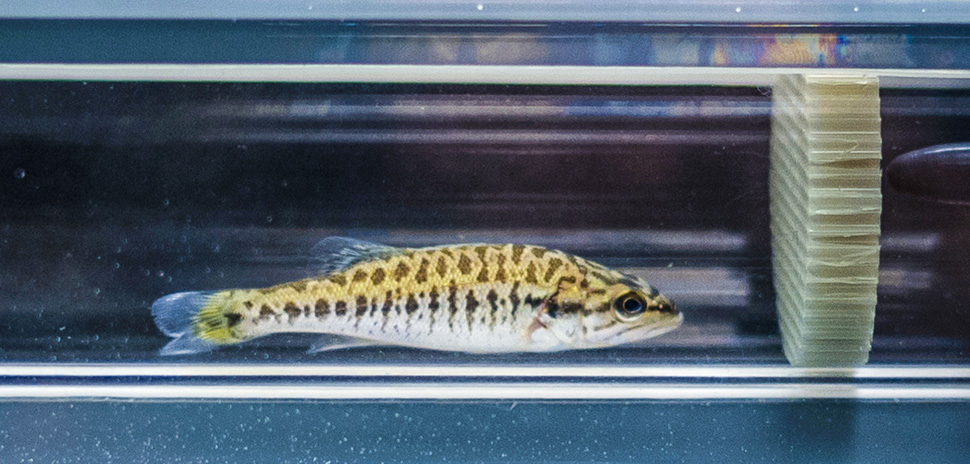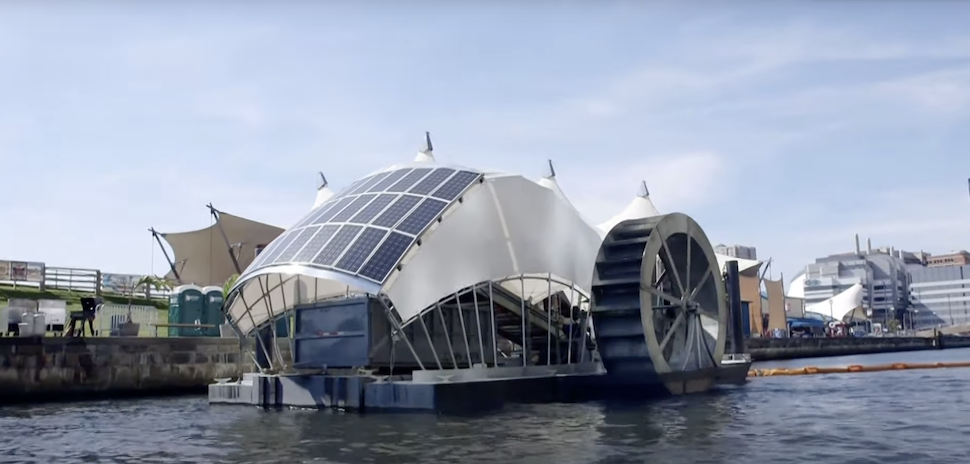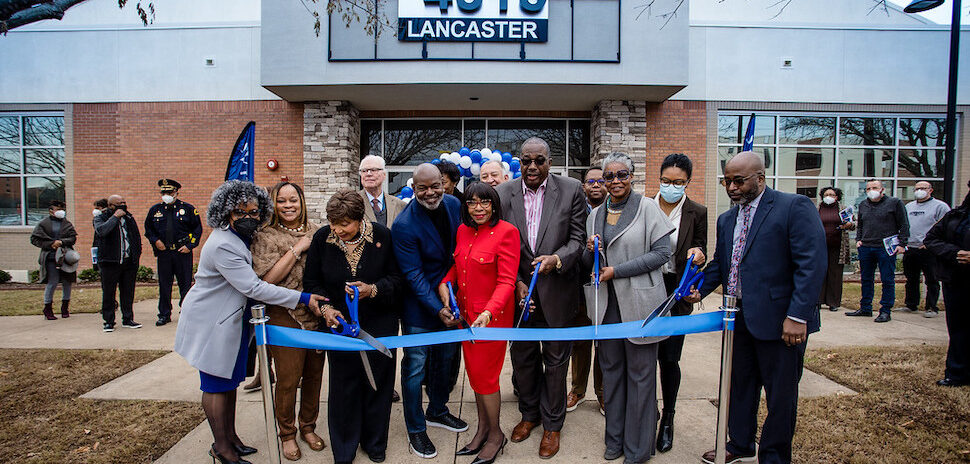It might not come as a shock to anyone who drove in Dallas-Fort Worth last year, but the region was the second-busiest building market in the country with almost $22.5 billion in construction. While road construction is often aggravating to people trying to get to work, it’s more than just an inconvenience for the state’s at-risk fish species.
Per ongoing research at the University of North Texas, construction could negatively impact the Guadalupe Bass—Texas’ state fish—along with the Guadalupe Roundnose Minnow, the Guadalupe Darter, and the Plateau Shiner, which are the four species of fish with the greatest conservation needs.
According to UNT biologists, this imminent reality may be due to the placing of structures in the water, such as pylons and culverts, that can cause the acceleration of the flow of water in the aquatic ecosystem. To come to an accurate conclusion, the UNT team is studying each of the four aforementioned fish’s maximum sustained velocity as they navigate through artificial barriers on what they describe as a fish treadmill.

Dr. Edward Mager, Assistant Professor-Aquatic Toxicology & Fish Physiology, photographed in his lab in the EESAT on the UNT campus in Denton, Texas on August 21, 2020. [Photo: Michael Clements]
“We use behavioral tracking software to measure the fish’s ability to ‘sprint’ forward with a short burst of speed,” Ed Mager, UNT assistant professor of Aquatic Toxicology & Fish Physiology, said in a statement.
So far, Mager and his team have already completed the testing of the Guadalupe Roundnose Minnow and have found that the maximum sustained swimming speed and burst speed ranges from 35 to 50 cm/second and 100 to 140 cm/second respectively, depending on temperature.
“The four species of fish we are testing all inhabit the upper Guadalupe River at various life stages,” he said. “Once we understand the swimming performance of the river’s occupants, we can make recommendations of maximum water flow rates that can be incorporated into the planning of waterway crossings.”
The research is funded by the Texas Parks and Wildlife Department and will be part of its River Conservation Program.
![]()
Get on the list.
Dallas Innovates, every day.
Sign up to keep your eye on what’s new and next in Dallas-Fort Worth, every day.


































































